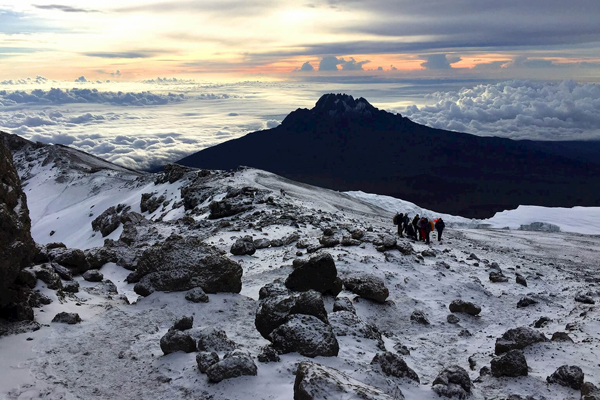
Arusha National Park, located just a short drive from Arusha town, is a small yet captivating park known for its incredible diversity of landscapes and wildlife. Covering 137 square kilometers, the park is home to Mount Meru, the second-highest peak in Tanzania, as well as Momella Lakes and the lush Ngurdoto Crater. Its proximity to major travel hubs makes it an ideal destination for day trips or as the starting point for a Tanzanian safari.
Arusha National Park boasts a remarkable variety of ecosystems within a relatively small area:
Although Arusha National Park doesn’t have many large predators, its diverse wildlife makes it a standout destination:
Mount Meru
The park’s defining feature, Mount Meru, offers adventurous visitors a challenging climb with breathtaking views of the surrounding landscapes. The trek is less crowded than Kilimanjaro but equally rewarding, with opportunities to see elephants, buffalos, and other wildlife along the trail.
Best Time to Visit







Explore the wonders of Africa with AWA Tours, your gateway to authentic and sustainable travel experiences. Specializing in eco-conscious safaris, cultural immersion tours, and off-the-beaten-path adventures, we bring you closer to Africa’s breathtaking wildlife, diverse cultures, and pristine landscapes. From thrilling Big Five safaris to serene beach escapes and community-focused travel, AWA Tours curates unforgettable journeys tailored to modern explorers seeking adventure, connection, and responsible tourism.
By subscribing to our newsletter, you’ll gain access to:
✔️ Exclusive Travel Deals & Discounts
✔️ Insider Travel Tips & Guides
✔️ Updates on New Tours & Destinations
✔️ Stories from Real Travelers & Stunning Photography
Whether you’re dreaming of conquering Mount Kilimanjaro, relaxing on Zanzibar’s pristine beaches, or witnessing the majestic Great Migration, AWA Tours has something special just for you.
2024 Awatours. All rights reserved.